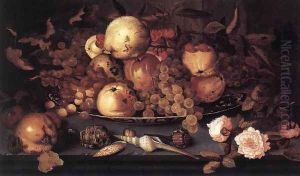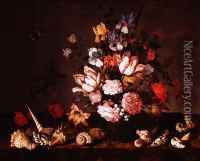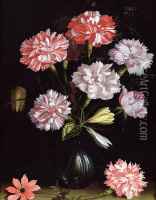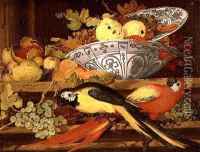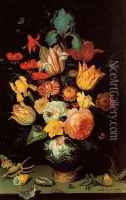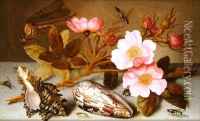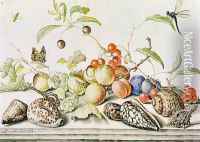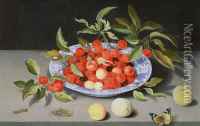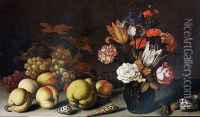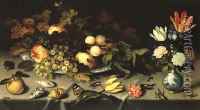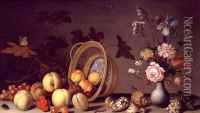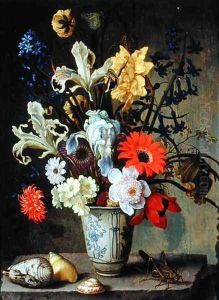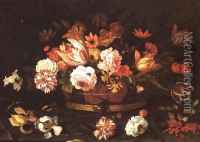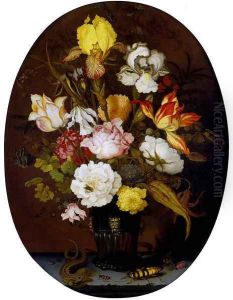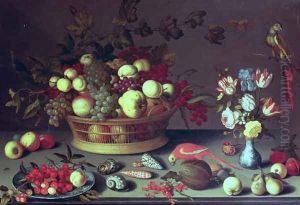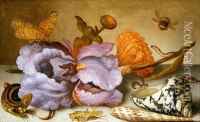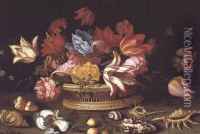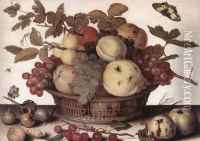Balthasar Van Der Ast Paintings
Balthasar van der Ast was a Dutch Golden Age painter who specialized in still lifes of flowers and fruit, as well as shell pieces. Born in Middelburg in the Netherlands, his exact birth date is not precisely documented, but it is known to be around 1593 or 1594. His parents died when he was young, and he was taken in by his sister who was married to the prominent still life painter Ambrosius Bosschaert. It was under his brother-in-law’s guidance that van der Ast began his training in the art of painting.
Van der Ast moved to Utrecht with his brother-in-law around 1615, where he became part of the Utrecht Guild of Saint Luke. He lived and worked there until Bosschaert's death in 1621. Throughout his career, van der Ast developed and refined his own style, often incorporating shells, insects, and lizards in his arrangements, revealing an interest in natural history and the curiosity cabinets that were popular at the time.
After Bosschaert’s death, van der Ast moved to Delft, where he became a successful independent artist. He is recognized for his contribution to the genre of still life painting, particularly his use of bright colors and the play of light in his compositions. His works were highly detailed and he was skilled at creating texture and volume, which made his depiction of natural subjects appear very realistic.
Balthasar van der Ast’s works were influential in the development of still life painting in the Netherlands, and he had several notable pupils, including his own brother Johannes van der Ast. He later moved to Leiden, where he continued to work until his death in 1657. Today, his paintings can be found in museums across the world, and he is remembered as a master of Dutch still life.
